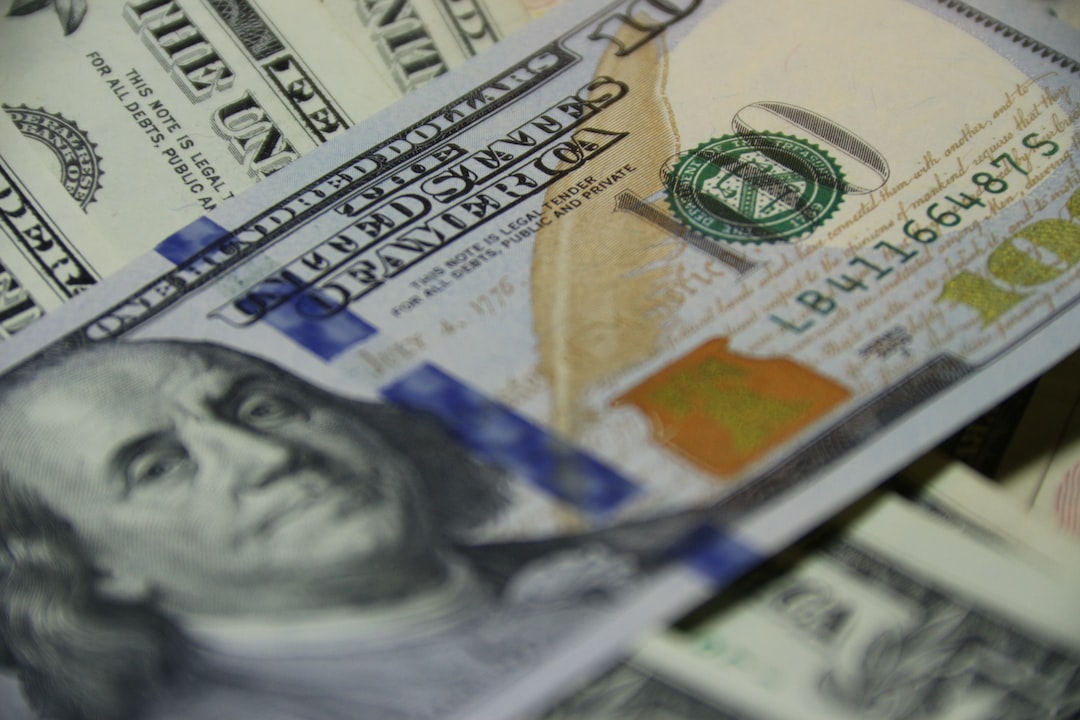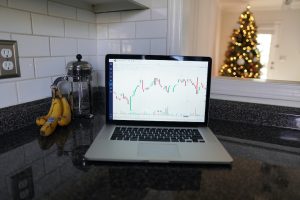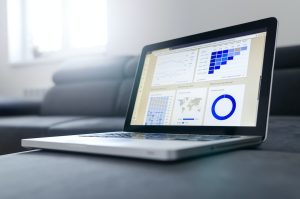Getting a broker account is the first step towards trading in the forex market. A broker is an intermediary between traders and the forex market, providing access to the market and executing trades on behalf of the trader. Therefore, choosing the right broker is crucial to successful trading in the forex market. In this article, we will discuss how to get a broker account for forex.
Step 1: Research and Compare Brokers
Before opening a broker account, it is important to research and compare different brokers to find the best one that meets your needs. There are many forex brokers out there, and they differ in terms of their services, trading platforms, fees, and regulations.
You can start your research by visiting forex broker review websites, such as ForexPeaceArmy, FXEmpire, and Investopedia. These websites provide independent reviews and ratings of brokers based on various criteria, such as customer service, trading platforms, trading conditions, and regulatory compliance.
You can also compare brokers by visiting their websites and reading their terms and conditions, trading policies, and fees. Look for brokers that offer competitive spreads, low commissions, fast execution, and a range of trading instruments.
Step 2: Check Regulatory Compliance
The forex market is a global market that is not regulated by a central authority. However, many countries have their own regulatory bodies that oversee forex brokers operating within their jurisdiction. These regulatory bodies aim to protect traders from fraud, misuse of funds, and other unethical practices.
Before opening a broker account, it is important to check if the broker is regulated by a reputable regulatory body, such as the Financial Conduct Authority (FCA) in the UK, the National Futures Association (NFA) in the US, the Australian Securities and Investments Commission (ASIC), and the Cyprus Securities and Exchange Commission (CySEC).
Regulated brokers are required to adhere to strict standards and regulations, such as maintaining segregated client accounts, providing negative balance protection, and submitting regular financial reports to the regulatory body.
Step 3: Open a Demo Account
Once you have selected a broker that meets your requirements and is regulated by a reputable authority, you can open a demo account to test the broker’s trading platform and services. A demo account is a simulated trading account that allows you to trade with virtual funds and test different trading strategies without risking your own money.
Opening a demo account is free and easy. You need to provide some basic information, such as your name, email address, and phone number, and then download the trading platform. Once you have logged in to the trading platform, you can start practising trading and familiarising yourself with the platform’s features and tools.
Step 4: Verify Your Identity
Before you can open a live trading account with a broker, you need to verify your identity and address. This is a requirement of regulatory bodies to prevent money laundering and terrorist financing.
To verify your identity, you need to provide the broker with a copy of your passport or government-issued ID, as well as a proof of address, such as a utility bill or bank statement. The broker may also require you to answer some questions about your trading experience and financial situation.
Once your identity is verified, you can proceed to fund your trading account and start trading in the live forex market.
Step 5: Fund Your Trading Account
To fund your trading account, you need to choose a payment method that is supported by the broker. Most brokers offer a range of payment options, such as credit/debit cards, bank transfers, and e-wallets, such as PayPal, Skrill, and Neteller.
The time it takes for the funds to reach your trading account depends on the payment method you choose. Credit/debit card deposits are usually processed instantly, while bank transfers may take a few business days.
Once the funds are credited to your trading account, you can start trading in the forex market. Make sure to read and understand the broker’s trading policies and risk disclosure statement before placing any trades.
In conclusion, getting a broker account for forex involves researching and comparing different brokers, checking regulatory compliance, opening a demo account, verifying your identity, and funding your trading account. By following these steps and choosing a reputable and reliable broker, you can start your journey as a forex trader with confidence and success.






